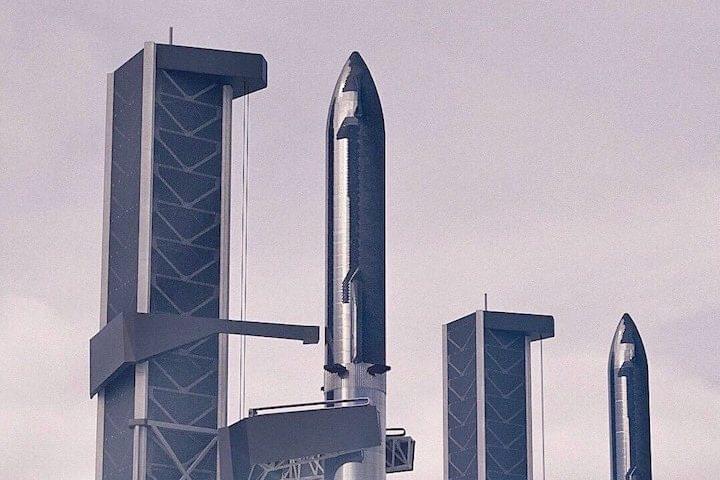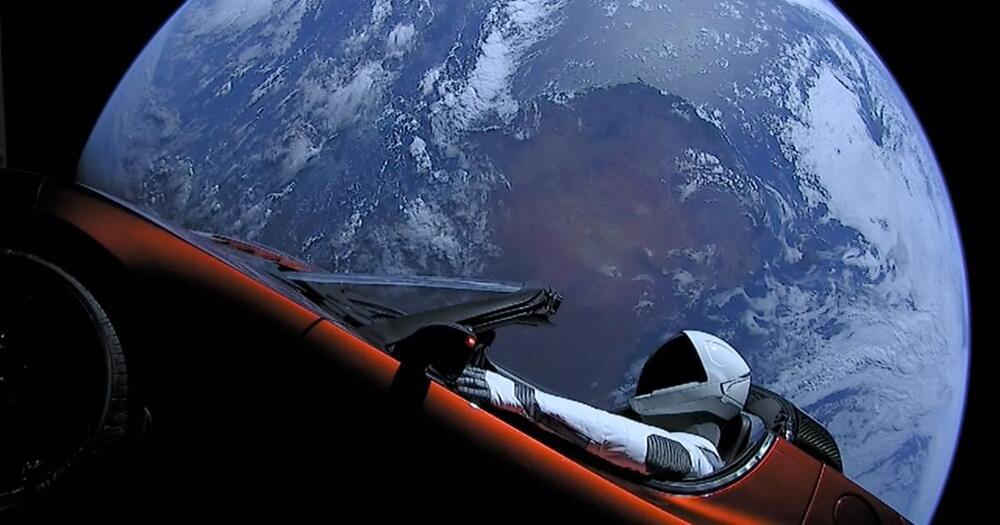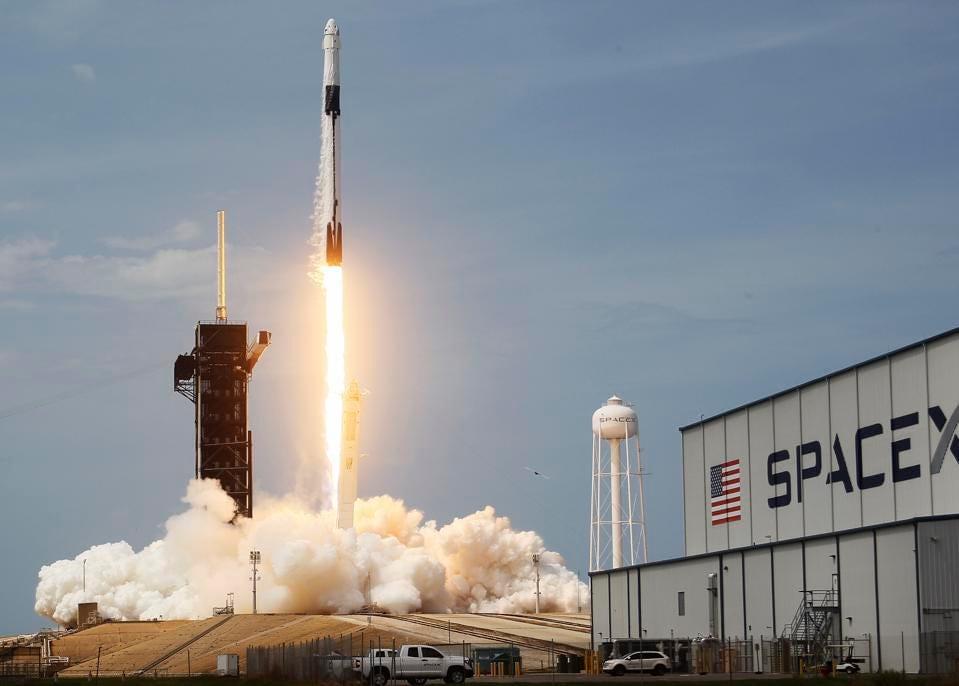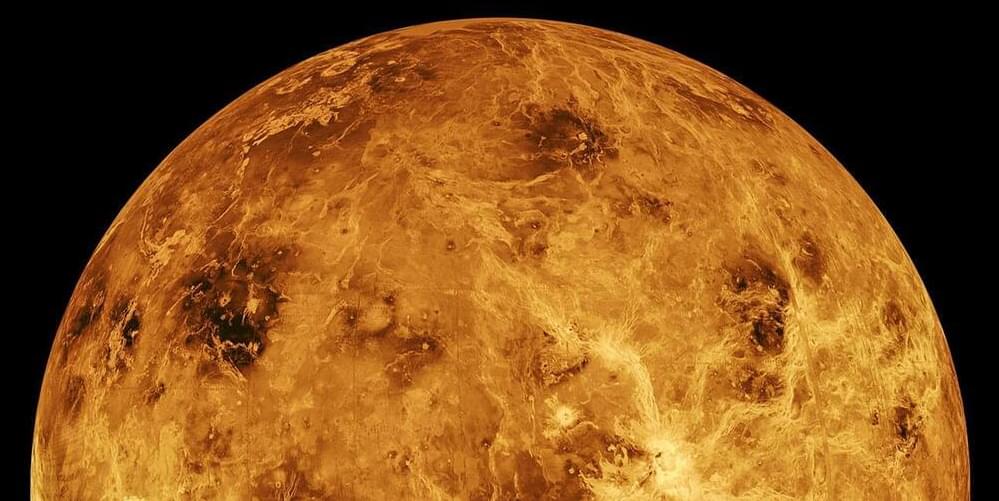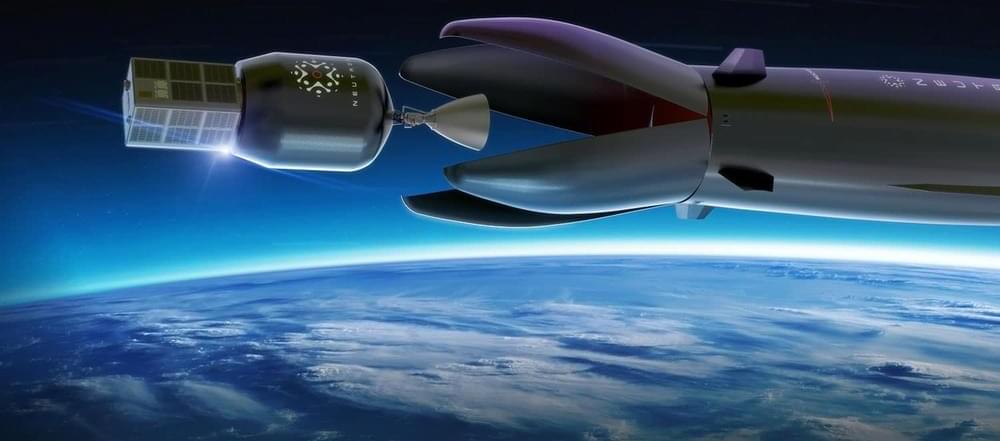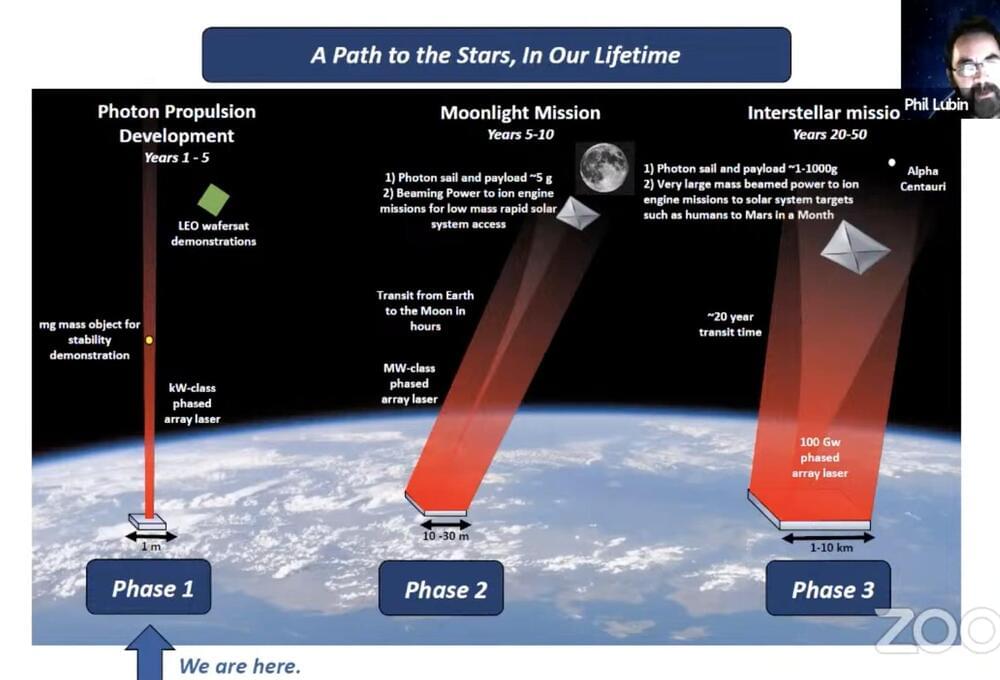Dec 8, 2021
SpaceX Begins Building Orbital Starship Launch Pad in Unexpected Location
Posted by Genevieve Klien in categories: Elon Musk, space travel
SpaceX aims to launch the first orbital test of a full-stack Starship as soon as January. But instead of the Texas “Starbase” facility where prototypes of Starship’s upper stage have been made and tested, the orbital flight will launch from the Kennedy Space Center in Florida, CEO Elon Musk said Friday.
“Construction of Starship orbital launch pad at the Cape has begun,” Musk tweeted. In later comments he confirmed that the launch pad is located at the historic Launch Complex 39A, the same pad used for SpaceX commercial crew flights to the International Space Station for NASA.
“39A is hallowed spaceflight ground—no place more deserving of a Starship launch pad!” Musk explained in a separate tweet. “Will have similar, but improved, ground systems and tower to Starbase.”
